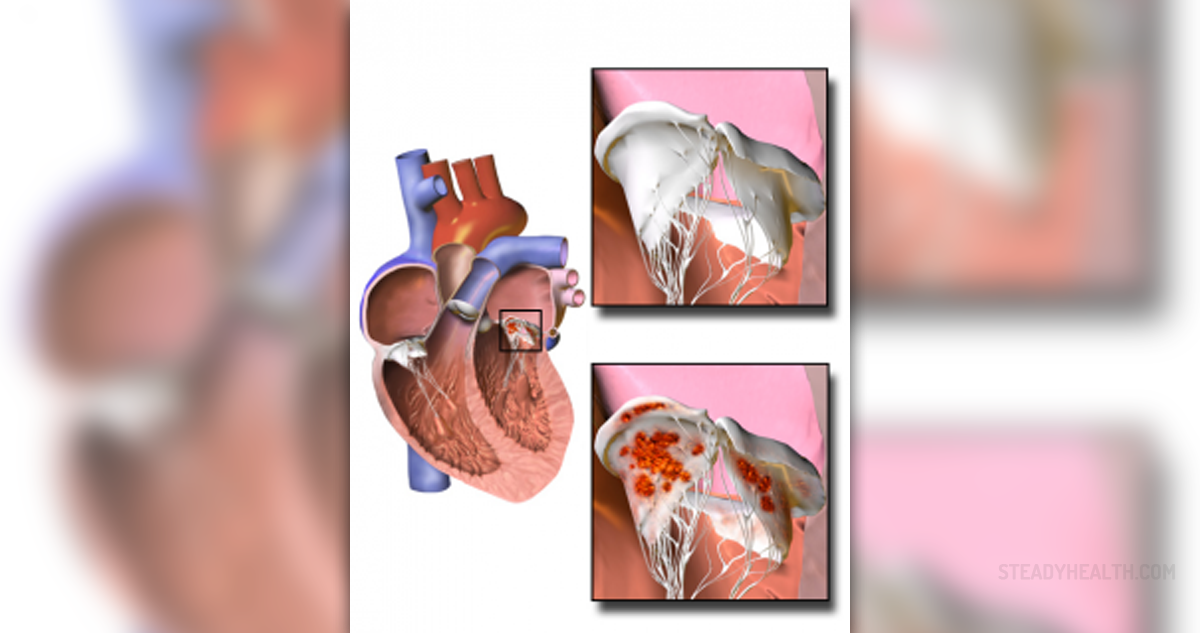
However, there need to more ways to prevent endocarditis than just this particular antibiotic. People also need to know that taking antibiotic prophylaxis can cause certain side effects. People should be able to follow certain recommendations with ease and not worry about any side effects they may end up suffering from. However, at first people might be a little confused with the new recommendations until they are properly understood and accepted.
The scope and importance of antibiotic prophylaxis
People need to realize that ineffective endocarditis is a serious condition. In some cases, it is not easily diagnosed. People with this problem have been using antibiotic prophylaxis for a long time now and it was thought for a long time that the antibiotic works at one of three steps in the pathogenic process.
The first step is destroying the pathogen in the bloodstream before it can adhere to the heart valve. The second step consists of preventing adherence of bacteria to the thrombus forming in the valve. The third step is killing the organisms that do attach to the thrombus.The problem is that there is no strong evidence that prophylaxis actually helps with this condition. People should be aware that the trials have not been proven and that endocardtitis may not be prevented even if a person follows the guidelines exactly.
Limited scope for prevention
People should know that only 20% of cases of infective endocarditis result from bacteraemia produced by an invasive procedure. Only 50% of these patients were identified beforehand as candidates for antibiotic prophylaxis which means that only 10% of infective endocarditis cases can be prevented with the use of prophylactic antibiotic.
The risk of infective endocarditis
Certain patients have a greater chance of ending up with infective endocarditits. Those who are exposed to the greatest risk are patients with all types of prosthetic valve, previous infective endocarditis and congenital cyanotic heart disease. Patients with congenital cardiac conditions, bicuspid aortic valve, hypertrophic cardiomyapathy and mitral valve prolapsed with regurgitation are also in danger. Low risk patients are people with implanted pacemakers or defibrillators, innocent murmurs and mitral valve prolapse without major regurgitation.People should also be aware that different procedures carry different risks and type of bacteraemia.
- www.nhs.uk/conditions/endocarditis/prevention/
- medlineplus.gov/endocarditis.html
- Photo courtesy of BruceBlaus by Wikimedia Commons: en.wikipedia.org/wiki/Endocarditis#/media/File:Endocarditis.png
















Your thoughts on this
Loading...